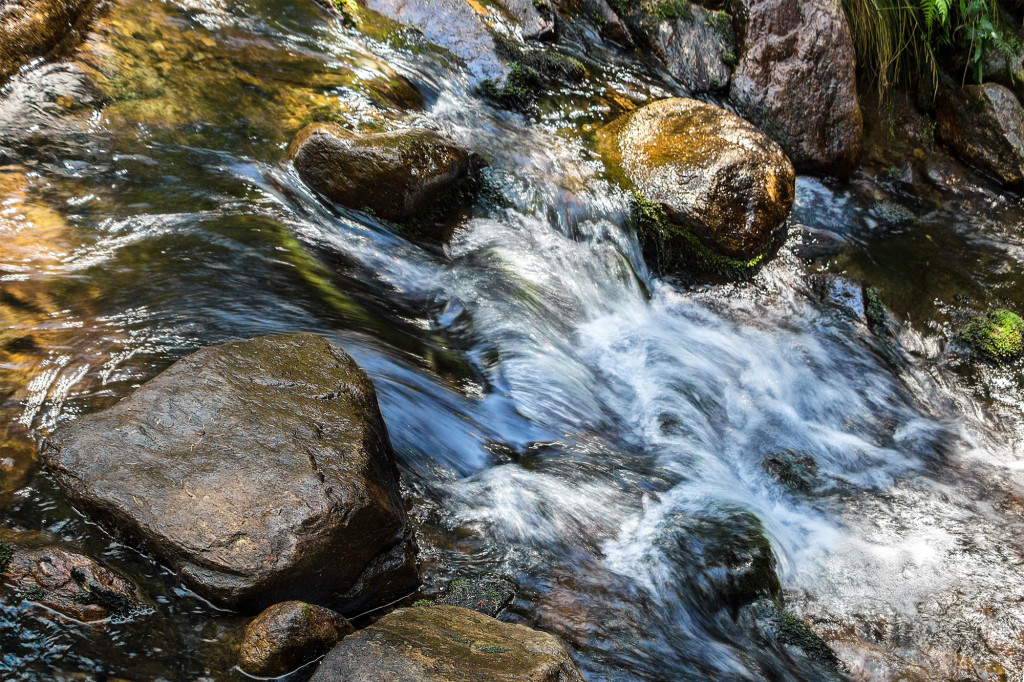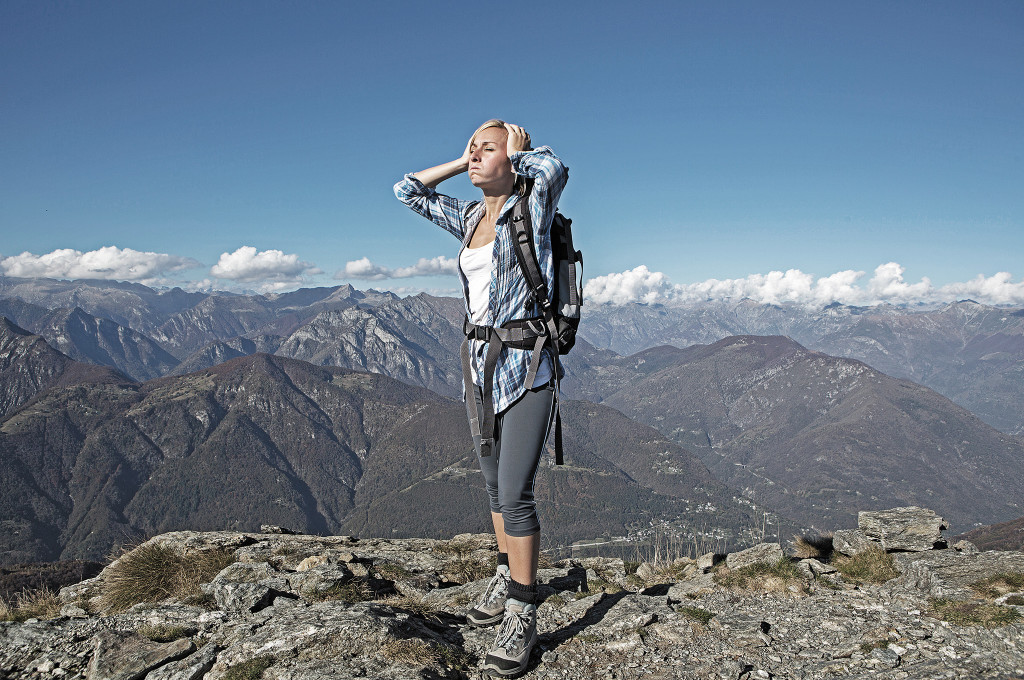RECOIL OFFGRID Preparation Water Purification: Minimum Boiling Time and Other Methods
In This Article
If you've ever read about water purification on internet forums or social media, it's likely that you encountered at least one person who asked, “how long should water be boiled before it's considered safe?” This is a common question, and one that's prudent to ask — after all, you wouldn't want to take any chances of consuming bacteria or protozoa that will make you severely ill. Unfortunately, this question has also led to the spread of some misinformation on the topic. (Sign up for our free newsletter to stay caught up on more life saving info like this!)

Above: This water may appear clear and clean, but it can contain invisible pathogens that will definitely ruin your day.
The importance of utilizing safe, clean water cannot be overstated, in both everyday and emergency scenarios. It's the linchpin that holds the continuum of health, hygiene, and survival together. Unsafe water can harbor harmful microorganisms and chemicals that can cause serious health problems. Diseases such as cholera, dysentery, and typhoid can spread through contaminated water. By using safe water, you significantly reduce the risk of contracting or spreading these diseases.
Clean water is crucial for the body’s absorption of nutrients. It aids in digestion and ensures that the nutrients from the food we eat are effectively absorbed by the body. In emergency situations, having access to safe water can be a lifesaver. It reduces your vulnerability to diseases at times when medical resources might be scarce. Staying hydrated is vital for maintaining energy levels and physical health, especially during emergencies where physical exertion and stress levels might be high.

Safe water is essential for hygiene practices like washing hands, cleaning, and cooking. It helps in preventing infections, maintaining a clean environment, and promoting overall sanitation. Utilizing safe water for cooking and cleaning food is crucial to prevent foodborne illnesses, which can be particularly hazardous in emergency scenarios.
First of all, you may hear self-proclaimed “experts” on the internet say that water must be boiled for a minimum time of 5 minutes, 10 minutes, or even 20 minutes to ensure that all waterborne pathogens have been killed. This minimum boiling time constraint is a myth, and we'll explain why.
Scientific research tells us that waterborne pathogens (bacteria, protozoa, and viruses) are killed or inactivated at high temperatures. According to the Centers for Disease Control and Prevention, a rolling boil for at least 1 minute, will kill most bacteria, protozoa, and viruses.
Most bacteria, protozoa and viruses will be killed in temperatures as low as 150°F, and we know that water boils* at 212°F (100°C). This means that by the time water has reached a rolling boil, it will be safe to drink.
*Now, there is one important clarification: the 212°F boiling point we mentioned is at sea level, and boiling temperature changes with altitude. The higher you are above sea level, the lower the boiling point of water will be. For example, at 10,000 feet, the boiling point drops to 193.6°F (89.8°C). At the summit of Mt. Everest, an immense 29,029 feet, the boiling point is 158°F (70°C). So, even at the highest point on earth, bringing water to a rolling boil will kill pathogens in less than 1 minute. For an added margin of safety, the CDC recommends boiling for 3 minutes at altitudes above 6,562 feet.

Above: While altitude changes the boiling point of water, it's not significant enough to affect purification by...
You might think that by going to your local camping supply store, and buying a filter would solve the need for having to boil water. But you could be purchasing a misleading product if you aren't aware of the nuances involved. To make sure you're getting the right filter for the job, you need to be aware of what the filter rating actually means.
Water filters and purifiers are typically measured and rated to remove 99.X percent of viruses, bacteria, or protozoan cysts. Each digit in this percentage represents a power of 10, also called a “log” (short for logarithm). For example, a filter rated to remove 99.99 percent of bacteria would be rated at a “4-log bacteria reduction.”
If your water had exactly 1,000,000 microbes in it, a 4-log reduction would mean only 100 of those microbes would be left in the water after treatment — 999,900 microbes would be removed. A 6-log or 99.9999-percent reduction would leave only 1 microbe in the water.
If all of that was confusing, we cover it more extensively in our water filter buyers guide. But the long story short is: not all filters are created equally, and it pays to do your due diligence before relying on one for safe drinking water. Check out the video below to learn more about how water filters work, and what to look for on a label.
Water disinfection is a crucial skill, especially in emergency situations where access to clean water may be compromised. It's a basic yet critical aspect of survival and preparedness. Here are several methods to purify water, making it safe for consumption:
https://youtu.be/ourrdz2RYaM?si=hdoeEn_AeHNf7R2t
Anyway, don't just take our word for it — listen to the scientists. Here's a direct quote from an article titled “Water Disinfection for International and Wilderness Travelers” from the Oxford Journal of Clinical Infectious Diseases:
“Because enteric pathogens are killed within seconds by boiling water and are killed rapidly at temperatures >60°C [or >140°F], the traditional advice to boil water for 10 min to ensure potability is excessive. Because the time required to heat water from a temperature of 55°C [or 131°F] to a boil works toward disinfection, any water that is brought to a boil should be adequately disinfected. Boiling water for 1 min or keeping water covered and then allowing it to cool slowly after boiling can add an extra margin of safety. The boiling point decreases with increasing altitude, but this is not significant when compared with the time required to achieve thermal death at these temperatures.”
So, here's the bottom line: Water does not need to be boiled for a minimum of 5, 10, or 20 minutes in order to be considered safe to drink. By the time it reaches a rolling boil, it can be considered safe, regardless of your altitude. (Note: This assumes that no harmful chemicals or heavy metals, such as pesticides or lead, are present. To remove those contaminants, you'll need a water filter/purifier.) However, you may continue to boil for 1 to 3 additional minutes, or combine the methods discussed above for an extra margin of safety — if you've got a few minutes to spare, it won't hurt, but shouldn't be considered mandatory.
Don't forget to sign up for our free newsletter, and check out some related topics below:
 STAY SAFE: Download a Free copy of the OFFGRID Outbreak Issue
STAY SAFE: Download a Free copy of the OFFGRID Outbreak Issue
No Comments